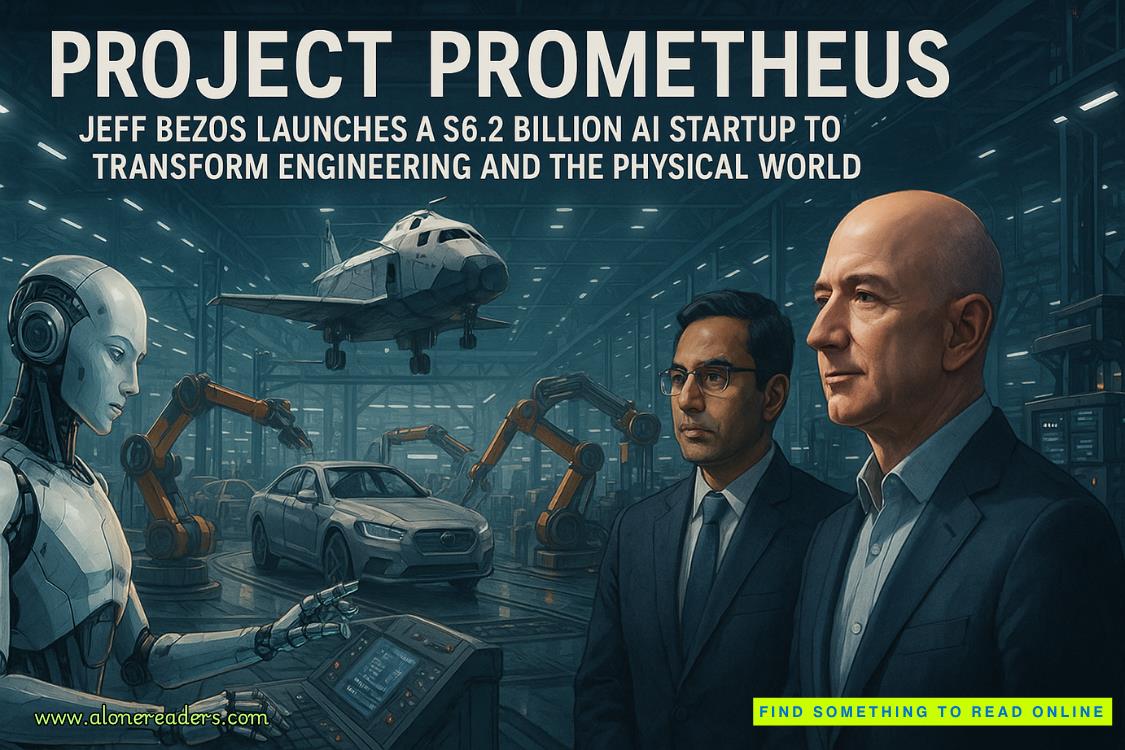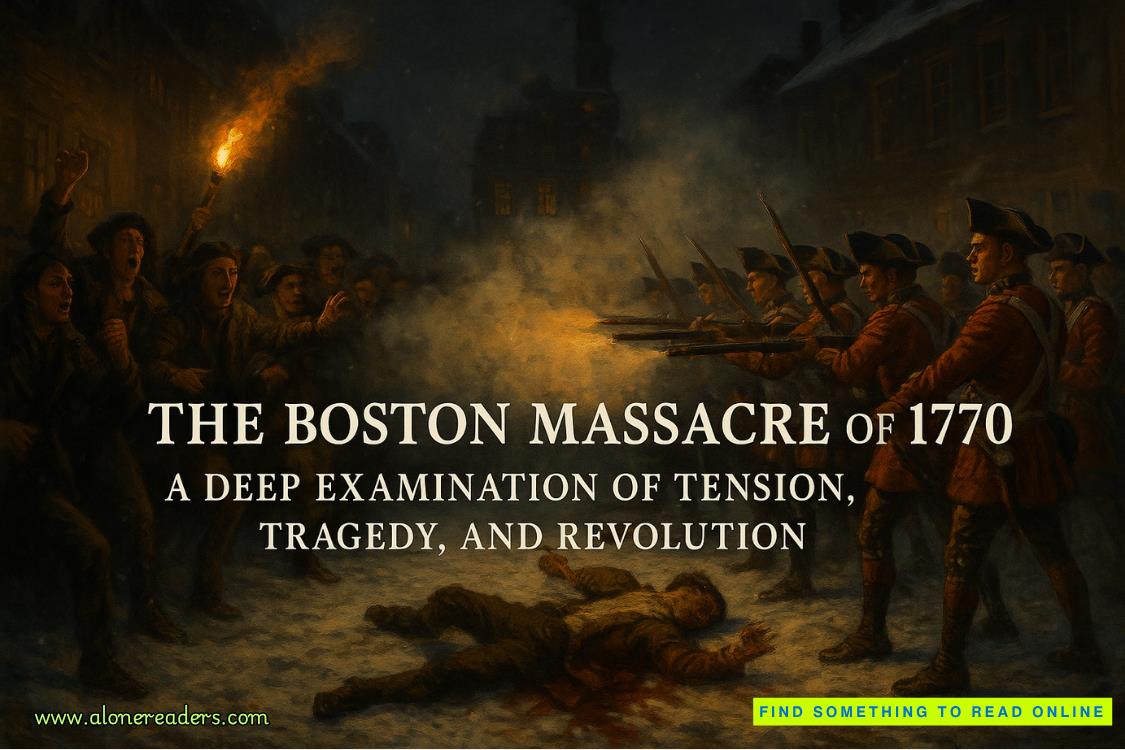Page 6 of Spread Me
The room is plain. It’s a solo berth she managed to claim by default. Even though she’s the only one in the room, it still has twin beds on opposite walls, one of which she uses as a makeshift shelf for the dune of binders that accumulate around every poor fool who ends up managing a research team. Heavy blankets on both beds, two pillows on the one she sleeps in. No windows, no closet. There’s a scratchy jute rug on the floor, a wobbly flat-pack dresser with a too-bright lamp on top, a framed poster with a wide-angle photo of a desert that isn’t this one. One wall radiates heat during the day because it’s got the desert on the other side ofit. She can hear the wind picking up through that wall. It’s getting more intense by the second—this storm is fast.
Her instincts were right, having everyone come inside. She’s sure of it. She’s less sure of her instincts about the specimen, but what’s done is done.
The second the door closes behind her, Kinsey takes that framed poster of a distant desert off the wall. There’s another, much smaller photo stuck to the back of the frame with paper lab tape. She peels the tape away carefully so as not to rip the paper on the back of the frame. It’s not difficult—she’s been removing and re-sticking this same photo for two months, and the tape’s morale is low. She’ll need to replace it soon, she knows.
But that doesn’t matter right now.
She turns the photo over with unspeakable relief. She hasn’t recovered from the first flush of desire, which hit her at a bizarre, inopportune moment—when the specimen opened its eyes, when it seemed to look at her. A mixed-up panic impulse, she figures. The kind of thing that happens all the time. Kinsey still remembers the neuropsych professor who taught her class the five F’s of adrenaline response:fight, flight, freeze, fawn, and procreate. In the nervous system, that professor said, fear and arousal are always going steady.
Still, it was jarring to experience that sudden, strange, misplaced lust when the specimen awoke. It primed Kinsey’s proverbial pump. It left her vulnerable. She’s a strong person, but she’s not made of stone. When Jacques looked up from his puke-filled trash can with such an obvious fever, when Saskia looked ready to faint, when Mads said the wordquarantine—it was all too much.
Kinsey’s decision to isolate herself in her bedroom isn’tbecause she feels ill. It’s just that she’s so horny she thinks she might die from it.
She collapses onto her bed with the photo in one hand. Her lower lip is between her teeth already, her eyes locked on the black-and-white image. It’s a famous picture in certain circles. One of the finest examples of electron microscopy in the world.
A T2 bacteriophage.
The wind squeals against the walls of the station as Kinsey stares hungrily at the photo of the virus. The long, slim, spidery fibers it uses to quest for a host splay out at wanton angles. A thick, sturdy, rodlike sheath connects the fibers at one end of the bacteriophage to the capsid on the other, like a body connects legs to a head. The multifaceted capsid looks for all the world like the candy sphere of a lollipop.
It’s perfect.
She drinks in the stretch of those fibers. The stunning geometry of the capsid. She imagines herself as an unsuspecting bacterium—the feel of the virus grasping her with its fibers, the sudden shock of penetration when it slides its sheath through her cell wall, the invasive rush of nucleic acid being injected into her. She thinks of what it would feel like when that genetic material started replicating inside of her, changing her, taking her over—the heat, the hum, the rising tide of infection.
This is all she wants. This is all she’s ever wanted. The wind outside is howling now, a low air-raid drone. The wall of her room shivers as the first real gust of sand hits it.
She unbuttons her jeans and shoves them down around her thighs, her eyes locked onto the photo. The denim digs into the soft meat of her skin, keeps her from being able to spread her legs too far. She knows that this is how it wouldfeel to be restrained by strong bacteriophage fibers. Transfixed. Unable to escape.
When she pushes her pinched thumb and forefinger inside of herself, she imagines them as belonging to something transformative, grotesque, peregrine. No lover has ever fingered her this way—she loves it because of how alien it feels, how inhuman. She bites her own shoulder to muffle a cry as she thinks of the virus shooting itself into her just like this. Careless. Invasive. Trying to make her into something more like itself. Changing her. Alien. Relentless. Irresistible.
She’s close, so close, when she feels something strange—a tickle on her hipbone, like a trailing hair. She almost ignores it—she’s right there—but then she glances down and sees it.
The harvester ant from the specimen.
She’d shoved it into her pocket, truly unthinking in that panicked moment, muscle memory guiding her hand. Now, it drags its half-crushed body across her skin. The ant’s antennae wave drunkenly as it charts a path across her hipbone, toward the wet ache between her legs. The storm outside rises to a high scream.
Kinsey doesn’t breathe. She relaxes her eyes, presses her thumb and forefinger together tighter inside herself, lets her vision blur—and the ant stops looking like an ant. The slender expanse of its thorax looks cylindrical for a moment, the questing node of its head looks gemlike, the now-useless legs it drags behind it take on the trailing elegance of bacteriophage fibers. It pulls itself across her flesh toward the shady refuge of her groin. Kinsey watches it with half-lidded eyes and fucks herself deeper, rougher, hard enough that the knuckle at the base of her thumb aches. She dips her chin so she can clench her teeth arounda mouthful of shirt collar. She rides a cresting wave, the feel of the ant and her pulsing fingers and her own bucking hips turning her animal.
It rips through her like lightning. She bites back a cry, her wrist slamming down onto the soft mound of her pubis as she rises to meet the orgasm. The freight-train scream of the sandstorm striking the base covers the noise she can’t make herself hold in. She’s faintly aware of a pinpoint sensation beneath the skin of her inner arm—the ant, wriggling desperately. Trapped between her and her pleasure. She ignores it, thrusts against herself again and again, still coming, still coming, still coming.
The ant dies before she’s finished. She falls asleep to the sound of the screaming sand bearing down on her, one hand still tucked between her legs, the other still clutching the photo of the bacteriophage.
By the time she wakes up, everyone on her team has entered isolation.
Kinsey eyes the new station physician with a combination of suspicion and preemptive resentment. She doesn’t trust them. She doesn’t like that they’re here. She certainly doesn’t like that they’re here before any of her own hires.
“Who dropped you off?” she asks as she leads them through the interior airlock door.
“TQI sent a car,” they reply, dropping their bags onto the linoleum just inside the station. “It was nice. There were little bottles of Cîroc in the back.”
The mention of TQI makes Kinsey’s tongue twitch against the roof of her mouth. They’re a finger on the hand of one of the biggest holding companies in the world, and they’re the reason she has access to this research station in the first place. They’re looking to inflict some major development on thearea and want to find out if, as the CFO put it,there’s anything worth selling the rights to out there.
Kinsey was violently disinterested in the job until that same CFO told her that she could stay out here for an unprecedented four years with no oversight and no interruption in funding. A full presidential administration, with almost no limits on her scope of exploration. Four years in near isolation, with minimal temptation to distract her from work.
That’s when she stopped asking questions and accepted the job. Now, she mostly tries to forget that her time here has an end date on it. She and her team will study the life that lies beneath the desert soil—the life that can be damaged by a single footfall, that could certainly be destroyed beyond salvaging by any kind of construction, that absolutely does not qualify as “anything worth selling the rights to.” They’ll write down everything that stands to be lost so TQI will know what it’s killing.
She doubts anyone at the company will read her reports. Occasionally, briefly, she has been allowing herself to hope that TQI might forget anyone is out here at all. Maybe, she lets herself think, if no one is looking, she and her team might be able to stretch these four years into six, or eight, or ten.
Those hopes are hobbled by the physician TQI has hired to join her team. The hire is to appease TQI’s insurance agency, to provide proof of the corporation’s efforts to prevent fatalities in the field. There will be someone monitoring her, after all.















